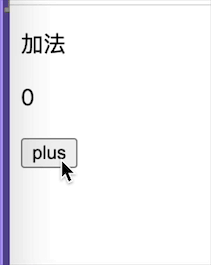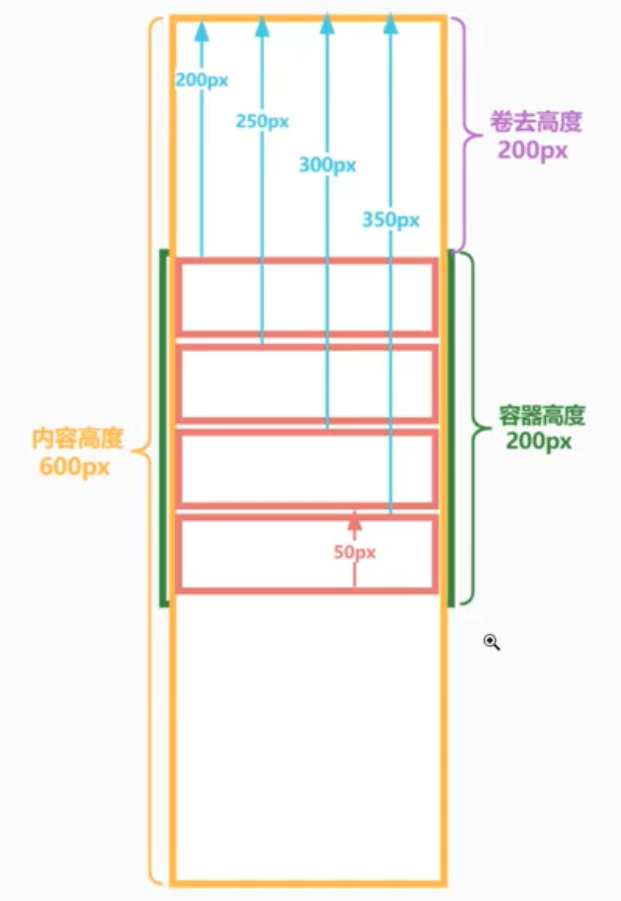React-Redux是用在连接React和Redux上的。如果你想同时用这两个框架,那么React-Redux基本就是必须的了。为了能够更好的使用这个工具,今天就对它进行一下源码剖析。
Provider
一个React组件,一般你的rootApp要放倒这个组件内部渲染。它很简单,最关键的作用就是在context中放入Redux的store,方便子组件获取。关键代码:
getChildContext() {
return { store: this.store }
}
Provider.childContextTypes = {
store: storeShape.isRequired
}
这样connect的组件就可以获取store,使用store的方法。
connect
首选connect是个可以执行两次的柯里化函数,第一次传入的参数相当于一系列的定制化东西,第二次传入的是你要连接的React组件,然后返回一个新的React组件。
第一次执行时传入的参数是mapStateToProps,mapDispatchToProps,mergeProps,options这四个。首先会对这几个参数进行处理,代码如下:
//决定组件会不会因state改变而更新
const shouldSubscribe = Boolean(mapStateToProps)
//如果不传递这个参数使用默认state => ({})
const mapState = mapStateToProps || defaultMapStateToProps
//mapDispatchToProps的处理,最后的情况实际是使用bindActionCreators处理
let mapDispatch
if (typeof mapDispatchToProps === 'function') {
mapDispatch = mapDispatchToProps
} else if (!mapDispatchToProps) {
mapDispatch = defaultMapDispatchToProps
} else {
mapDispatch = wrapActionCreators(mapDispatchToProps)
}
//不传递就使用默认值
const finalMergeProps = mergeProps || defaultMergeProps
const { pure = true,withRef = false } = options
第二次执行函数接收的参数是个React组件:WrappedComponent,之后返回一个新的React组件Connect。
return hoistStatics(Connect,WrappedComponent)
把WrappedComponent的非React属性拷贝到Connect上。下面详细说下Connect。
Connect
一个React组件
Connect.contextTypes = {
store: storeShape
}
所以它可以从context中获取Provider放的store。
constructor
在constructor中:
//获取store
this.store = props.store || context.store
const storeState = this.store.getState()
//把store的state作为组件的state,后面通过更新state更新组件
this.state = { storeState }
//清除组件的状态,内部是一系列的标示还原
this.clearCache()
render
然后是render方法,在挂载的时候,会经过一系列的判断和计算,比如使用mapState计算nextStateProps,并和this.stateProps对比是否发生改变,如果发生改变:
nextDispatchProps = mapState(store.getState(),[props]) this.stateProps = nextDispatchProps
使用mapDispatch计算nextDispatchProps,并和this.dispatchProps对比是否发生改变,如果发生改变:
nextMergedProps = mapDispatch(dispatch,[props]) this.dispatchProps = nextMergedProps
如果上面的两个对比有一个发生改变,就会继续使用finalMergeProps来计算最终的数据合并结果nextMergedProps,并和this.mergedProps对比是否发生改变,如果发生改变:
nextMergedProps = finalMergeProps(this.stateProps,this.dispatchProps,this.props) this.mergedProps = nextMergedProps
如果上面的对比确定发生改变
if (withRef) {
this.renderedElement = createElement(WrappedComponent,{
...this.mergedProps,ref: 'wrappedInstance'
})
} else {
this.renderedElement = createElement(WrappedComponent,this.mergedProps
)
}
return this.renderedElement
如果withRef等于true就会增加ref属性,然后可以通过getWrappedInstance方法获取DOM。如果前面说的这些对比的结果都是false,就会直接返回this.renderedElement,组件不进行任何更新。当然组件挂载的时候前面的对比都会返回true。
componentDidMount
它内部的关键代码是:
if (shouldSubscribe && !this.unsubscribe) {
this.unsubscribe = this.store.subscribe(this.handleChange.bind(this))
this.handleChange()
}
在不指定mapStateToProps的时候shouldSubscribe等于false,这就意味着React-Redux的源码剖析到此结束,谢谢观看!当然如果指定了mapStateToProps剖析就还得继续。看到代码没有,竟然使用subscribe,意味着只要执行dispatch,handleChange就会执行。至此组件已经挂载完毕,后面的代码执行需要有外界因素了,比如父组件传递新的props、执行dispatch。
componentWillReceiveProps
组件还实现了componentWillReceiveProps这个React生命周期中的方法:
componentWillReceiveProps(nextProps) {
if (!pure || !shallowEqual(nextProps,this.props)) {
this.haveOwnPropsChanged = true
}
}
看到pure的重要性了吧,如果pure被设置为false就意味着不管属性是否浅相等this.haveOwnPropsChanged总是会被设置为true,而这会导致后面一系列的为了更新而进行的计算,所以pure为true是可以给你的性能带来帮助的,不过它默认就是true。这里设置this.haveOwnPropsChanged等于true是给通过直接通过父组件传递props更新组件带来可能,当然需要配合mapStateToProps,mergeProps这三个函数,如果它们都没有利用ownProps,最终组件还是不能通过这种方式更新。
handleChange
下面假定触发了一次dispatch,这个时候handleChange就会执行,如果state没有发生改变,并且pure为true,就什么都不做直接返回,pure又在性能上立功了。如果state发生了改变会再做一些计算对比,比如计算this.stateProps。最后是在要更新的时候会:
this.hasStoreStateChanged = true
this.setState({ storeState })
调用setState来触发组件更新。这里其实意味着只要store的state发生改变,所有的mapStateToProps、 mapDispatchToProps、mergeProps都会执行。
shouldComponentUpdate
这个时候会调用它内部实现的shouldComponentUpdate,用来提高性能。
shouldComponentUpdate() {
return !pure || this.haveOwnPropsChanged || this.hasStoreStateChanged
}
但是怎么感觉这个并没有什么用呢?可能是我理解不深,因为无论是父组件更新props还是state改变这里总是返回true,而不管改变的是不是这个组件关心的数据。没办法又进入了render方法。
好了,源码剖析到此结束,谢谢观看!

 react 中的高阶组件主要是对于 hooks 之前的类组件来说的,如...
react 中的高阶组件主要是对于 hooks 之前的类组件来说的,如... 我们上一节了解了组件的更新机制,但是只是停留在表层上,例...
我们上一节了解了组件的更新机制,但是只是停留在表层上,例... 我们上一节了解了 react 的虚拟 dom 的格式,如何把虚拟 dom...
我们上一节了解了 react 的虚拟 dom 的格式,如何把虚拟 dom... react 本身提供了克隆组件的方法,但是平时开发中可能很少使...
react 本身提供了克隆组件的方法,但是平时开发中可能很少使... mobx 是一个简单可扩展的状态管理库,中文官网链接。小编在接...
mobx 是一个简单可扩展的状态管理库,中文官网链接。小编在接... 我们在平常的开发中不可避免的会有很多列表渲染逻辑,在 pc ...
我们在平常的开发中不可避免的会有很多列表渲染逻辑,在 pc ...